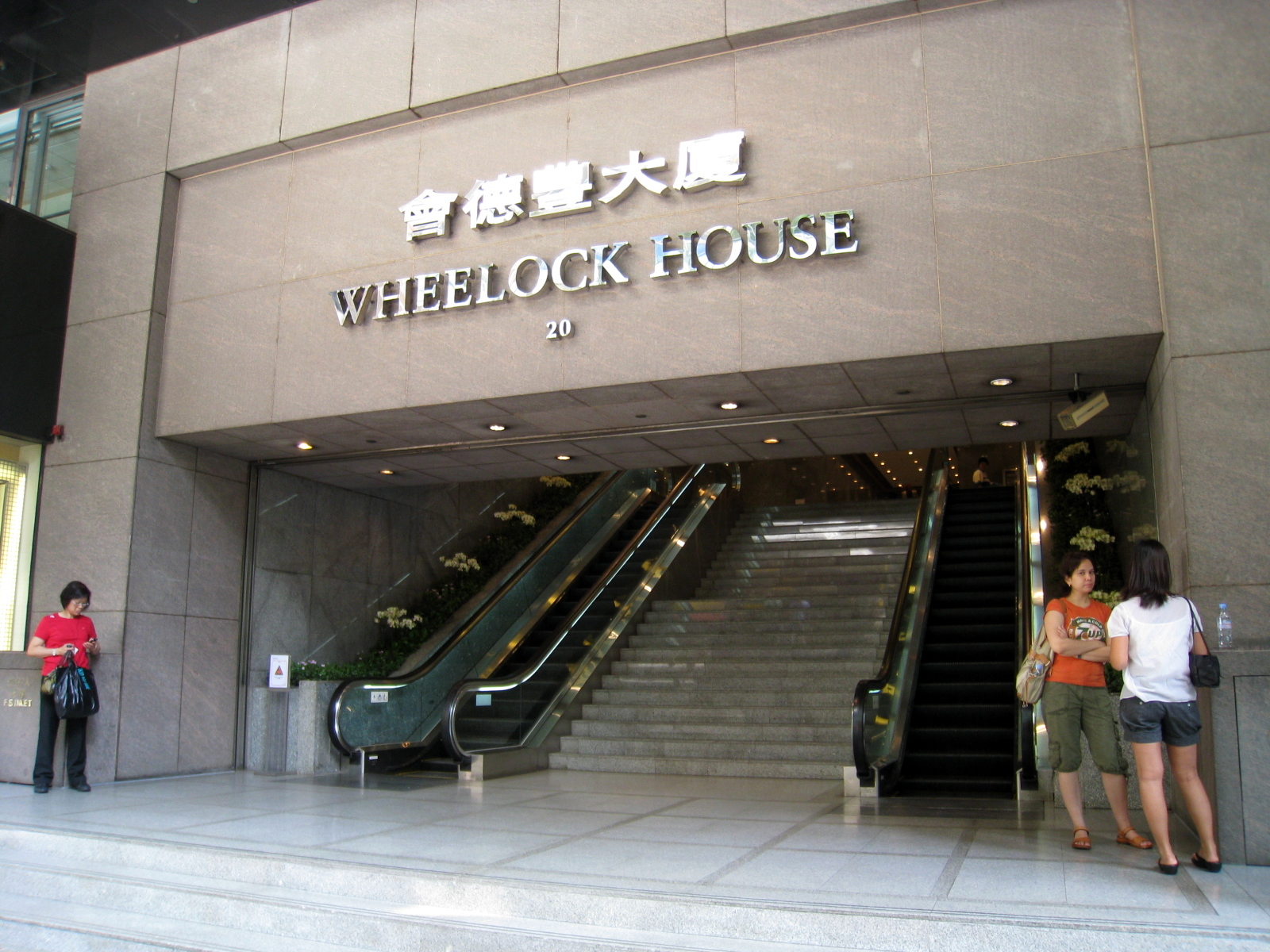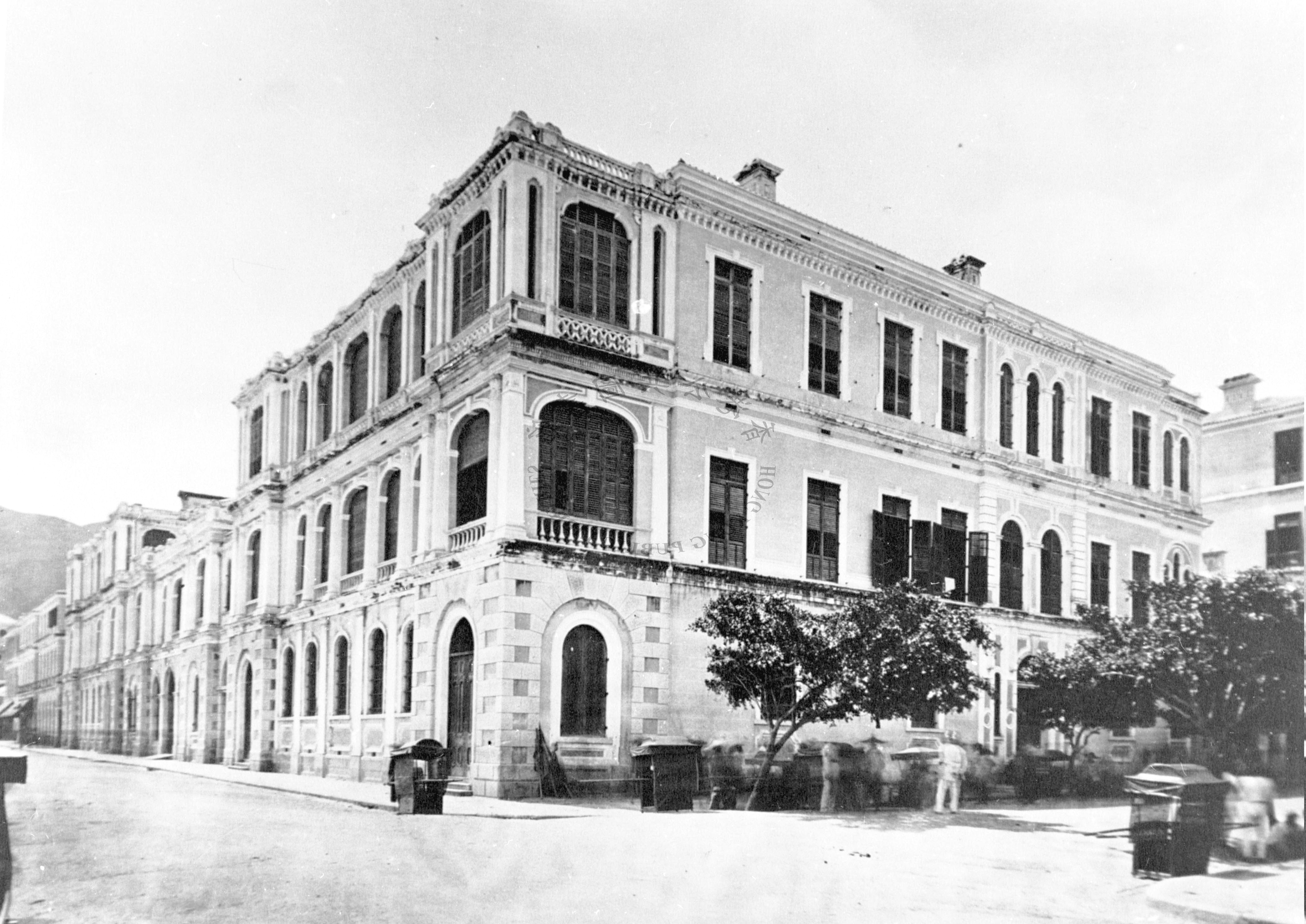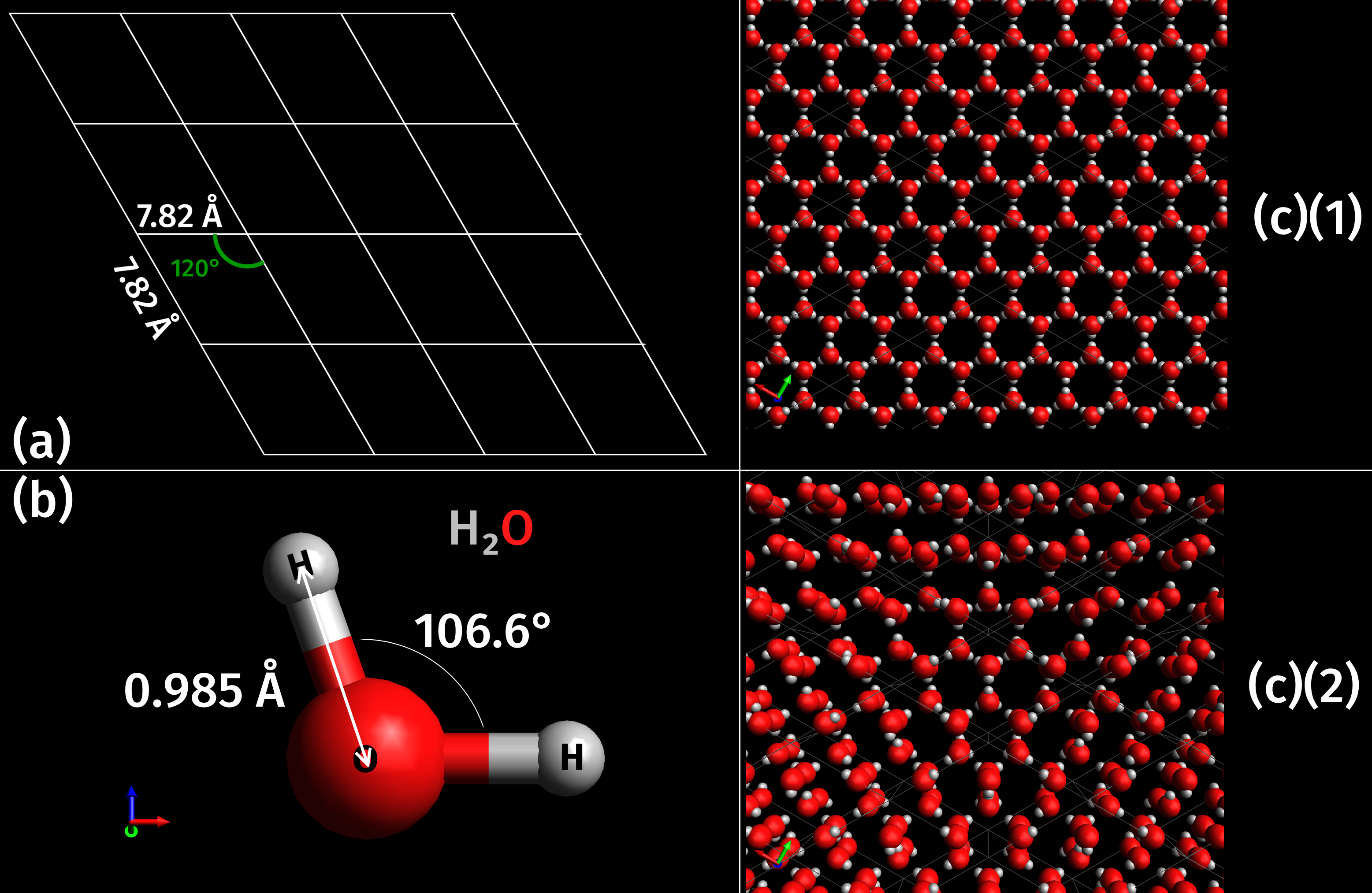|
Jardine House
Jardine House (), formerly known as Connaught Centre (), is an office tower in Hong Kong. The building is located at 1 Connaught Place, Central on Hong Kong Island. It is owned by Hongkong Land Limited, a subsidiary of Jardines. At the time of its completion in 1973, Jardine House was the tallest building in Hong Kong and in Asia. In 1980, the Hopewell Centre usurped the title of the tallest building in Hong Kong. The building is interconnected by the Central Elevated Walkway with buildings of Hongkong Land Limited like Exchange Square and the International Finance Centre. There is also another Jardine House in Hamilton, Bermuda, which serves as the registered office for Jardines' Bermuda-domiciled businesses (most of Jardines' businesses including Jardine Matheson Holdings and Hongkong Land are incorporated and domiciled in Bermuda). History Previous Jardine Houses The first three generations of Jardine Houses were situated at 20 Pedder Street, at the corner ... [...More Info...] [...Related Items...] OR: [Wikipedia] [Google] [Baidu] |
Exchange Square (Hong Kong)
Exchange Square () is a building complex located in Central, Hong Kong. It houses offices and the Hong Kong Stock Exchange. It is served by the Central and Hong Kong stations of the MTR metro system. Most of the Exchange Square is owned by Hong Kong Land Hongkong Land (HKL) is a property investment, management and development group with commercial and residential property interests across Asia. It owns and manages some 850,000 sq. m. of office and retail property in Asia, principally in Hong K ..., with the remaining portion owned by the Government. The building has three blocks, namely, ''One Exchange Square'', ''Two Exchange Square'' and ''Three Exchange Square''. A shopping block known as ''The Forum'' was redeveloped as an office building in 2011–14. The ground level houses a large bus terminus, Central (Exchange Square) Bus Terminus. Tenants The property is the home of the Stock Exchange of Hong Kong since the 1980s. It also houses many international banking and ... [...More Info...] [...Related Items...] OR: [Wikipedia] [Google] [Baidu] |
International Finance Centre (Hong Kong)
The International Finance Centre (abbreviated as IFC) is a skyscraper and integrated commercial development on the Victoria Harbour, waterfront of Hong Kong's Central and Western District, Central District. A prominent landmark on Hong Kong Island, IFC consists of two skyscrapers (1 IFC and 2 IFC), the IFC mall, and the 55-storey Four Seasons Hotel Hong Kong, respectively. 2 IFC is the second-tallest building in Hong Kong at a height of , behind the International Commerce Centre in West Kowloon, and the List of tallest buildings, 38th-tallest building in the world. It is the fourth-tallest building in China and the eighth-tallest office building in the world, based on structural heights; it is of similar height to the former World Trade Center (1973–2001), World Trade Center. The Airport Express (MTR), Airport Express Hong Kong station is directly beneath it, with subway lines to Hong Kong International Airport. IFC was constructed and is owned by IFC Development, a consor ... [...More Info...] [...Related Items...] OR: [Wikipedia] [Google] [Baidu] |
BOC HSBC Cheung Kong Center Jardine House
BOC is the abbreviation of: * Battle of Chancellorsville, during the American Civil War * Biology of the Cell, an academic journal in biology * Blackbird Owners Club, Motorclub for people who own a Honda CBR1100XX Super Blackbird and/or Honda X-11 * Bloque Obrero y Campesino, (Spanish: "Workers and Peasants' Bloc"), a former leftwing group in Spain, associated with the international Right Opposition, extant from 1931 to 1935 * BOC (gene), human gene * BOC Challenge, now renamed the Velux 5 Oceans Race, a round-the-world single-handed sailing yacht race named after its then main sponsor BOC * Body of Christ, a term in Christian theology with two separate connotations * Bottom of container, a parachute deployment system. * British Overseas citizen, one kind of British nationality * ''tert''-Butoxycarbonyl, abbreviated as "Boc", "BOC" or "''t''-Boc", a protecting group used in organic chemistry Banks: * Bank of Canada, Canada's central bank * Bank of Ceylon, a major government ... [...More Info...] [...Related Items...] OR: [Wikipedia] [Google] [Baidu] |
Wheelock House
Wheelock House ( zh, t=會德豐大廈) is a commercial office building located on Pedder Street in Central, Hong Kong. Wheelock House is a Class A office space completed in 1984 and has 24 storeys. One of its architects was Wong & Ouyang (HK) Ltd while the real estate developer was Cheung Kong Holdings. History Wheelock House was built on the site where once stood three previous generations of Jardine House, the headquarters of Jardine, Matheson & Co. The first Jardine House was probably built around 1841 after Jardine's successful bid for its lots on The Praya Central. In 1908, the second Jardine House was built. It was rebuilt in around 1956, and redeveloped in the early 1970s as Wheelock House. Nearby * World-Wide House * The Landmark * Island line (MTR), Central station (MTR) * Queen's Road Central * Lan Kwai Fong Lan Kwai Fong (Traditional Chinese characters, Chinese: 蘭桂坊), often abbreviated as LKF, is a small square of streets in Central, Hong Kong, ... [...More Info...] [...Related Items...] OR: [Wikipedia] [Google] [Baidu] |
The Landmark (Hong Kong)
Landmark is a commercial complex owned by Hongkong Land in Central, Hong Kong. It consists of three office towers: Gloucester Tower, Edinburgh Tower and York House. Its retail podium, Landmark Atrium, forms the core component of the LANDMARK shopping mall. The Landmark Mandarin Oriental Hotel is in the lower floors of Edinburgh Tower, directly linked to the retail floors of Landmark Atrium. History It is partly built on the site of the former Hong Kong Hotel, which was in its day the best known hotel on Hong Kong Island. In the 1970s, Hongkong Land started the development of the Landmark under its Central Redevelopment Scheme. The first phase of the project was completed in the late 1970s and the whole project was completed in 1983. When the development was completed in 1983, the development consisted of a series of levels of shops surrounding a large central atrium with two office towers on top, known as ''Edinburgh Tower'' and ''Gloucester Tower'' respectively, and a ... [...More Info...] [...Related Items...] OR: [Wikipedia] [Google] [Baidu] |
Urban Council Of Hong Kong
The Urban Council (UrbCo) was a municipal council in Hong Kong responsible for municipal services on Hong Kong Island and in Kowloon (including New Kowloon). These services were provided by the council's executive arm, the Urban Services Department. Later, the equivalent body for the New Territories was the Regional Council. The council was founded as the Sanitary Board in 1883. It was renamed the Urban Council when new legislation was passed in 1936 expanding its mandate. In 1973 the council was reorganised under non-government control and became financially autonomous. Originally composed mainly of ''ex-officio'' and appointed members, by the time the Urban Council was disbanded following the Handover it was composed entirely of members elected by universal suffrage. History The Urban Council was first established as the Sanitary Board in 1883. In 1887, a system of partial elections was established, allowing selected individuals to vote for members of the Board. On ... [...More Info...] [...Related Items...] OR: [Wikipedia] [Google] [Baidu] |
Neoclassical Architecture
Neoclassical architecture, sometimes referred to as Classical Revival architecture, is an architectural style produced by the Neoclassicism, Neoclassical movement that began in the mid-18th century in Italy, France and Germany. It became one of the most prominent architectural styles in the Western world. The prevailing styles of architecture in most of Europe for the previous two centuries, Renaissance architecture and Baroque architecture, already represented partial revivals of the Classical architecture of Roman architecture, ancient Rome and ancient Greek architecture, but the Neoclassical movement aimed to strip away the excesses of Late Baroque and return to a purer, more complete, and more authentic classical style, adapted to modern purposes. The development of archaeology and published accurate records of surviving classical buildings was crucial in the emergence of Neoclassical architecture. In many countries, there was an initial wave essentially drawing on Roman archi ... [...More Info...] [...Related Items...] OR: [Wikipedia] [Google] [Baidu] |
Praya
Praya () was a term used in 19th-century Hong Kong to refer to a promenade by the waterfront. The name comes from the Portuguese word ''praia'', which means "beach," but in China it came to mean a stone-faced waterfront road. In Hong Kong, it was a broad road running parallel along the harbour in front of the city.The Praya, Hong Kong Illustrations of China and Its People, John Thomson 1837-1921, (London,1873-1874) and Dent & Co. were just some of the major companies based in the area. History British oc ...[...More Info...] [...Related Items...] OR: [Wikipedia] [Google] [Baidu] |
Des Voeux Road Central
Des Voeux Road Central (Traditional Chinese characters, Chinese: 德輔道中) and Des Voeux Road West (Traditional Chinese characters, Chinese: 德輔道西) are two roads on the north shore of Hong Kong Island, Hong Kong. They were named after the 10th Governor of Hong Kong, Sir William Des Vœux. The name was sometimes spelt with the ligature (typography), ligature œ in pre-war documents but is nowadays spelt officially as Des Voeux Road ( zh, t=德輔道, j=dak1 fu6 dou6, links=no). History Beginning in 1857, the northern shore of Hong Kong Island (also known as Victoria, Hong Kong, Victoria City) underwent a series of Land reclamation in Hong Kong, reclamations under then-Governor Sir John Bowring. The first phase of the Praya Reclamation Scheme had a direct effect on this current street, which used to be known as Praya, Praya Central during the colonial Hong Kong era. Bowring's plans were opposed by British merchants who held lands in the Central area, and in response, ... [...More Info...] [...Related Items...] OR: [Wikipedia] [Google] [Baidu] |
Pedder Street
Pedder Street is a major thoroughfare in the core of Hong Kong's Central District. It runs south–north from Queen's Road Central, continues through Des Voeux Road Central, and ends at its intersection with Connaught Road Central. History The street was named after Lieutenant William Pedder, first lieutenant of the ''Nemesis'', Britain's first ocean-going iron warship, and the first harbour master of Hong Kong. Pedder Street was established at the centre of Hong Kong's commerce in the early colonial days. The premises of Hong Kong's two most powerful trading '' hongs'' at the time, Dent & Co. and Jardine, Matheson & Co., were located on The Praya Central, Victoria's original waterfront, on the opposite sides of Pedder Street. Dent & Co., one of the key founding members of The Hongkong and Shanghai Banking Corporation Limited, had a sprawling complex which stretched along the Praya, and a west wing which abutted Pedder Street. Originally, Pedder Street ran from Pedder ... [...More Info...] [...Related Items...] OR: [Wikipedia] [Google] [Baidu] |
Ice House Street 1930s
Ice is water that is frozen into a solid state, typically forming at or below temperatures of 0 ° C, 32 ° F, or 273.15 K. It occurs naturally on Earth, on other planets, in Oort cloud objects, and as interstellar ice. As a naturally occurring crystalline inorganic solid with an ordered structure, ice is considered to be a mineral. Depending on the presence of impurities such as particles of soil or bubbles of air, it can appear transparent or a more or less opaque bluish-white color. Virtually all of the ice on Earth is of a hexagonal crystalline structure denoted as ''ice Ih'' (spoken as "ice one h"). Depending on temperature and pressure, at least nineteen phases ( packing geometries) can exist. The most common phase transition to ice Ih occurs when liquid water is cooled below (, ) at standard atmospheric pressure. When water is cooled rapidly (quenching), up to three types of amorphous ice can form. Interstellar ice is overwhelmingly low-density amorphous ice (LDA), ... [...More Info...] [...Related Items...] OR: [Wikipedia] [Google] [Baidu] |





